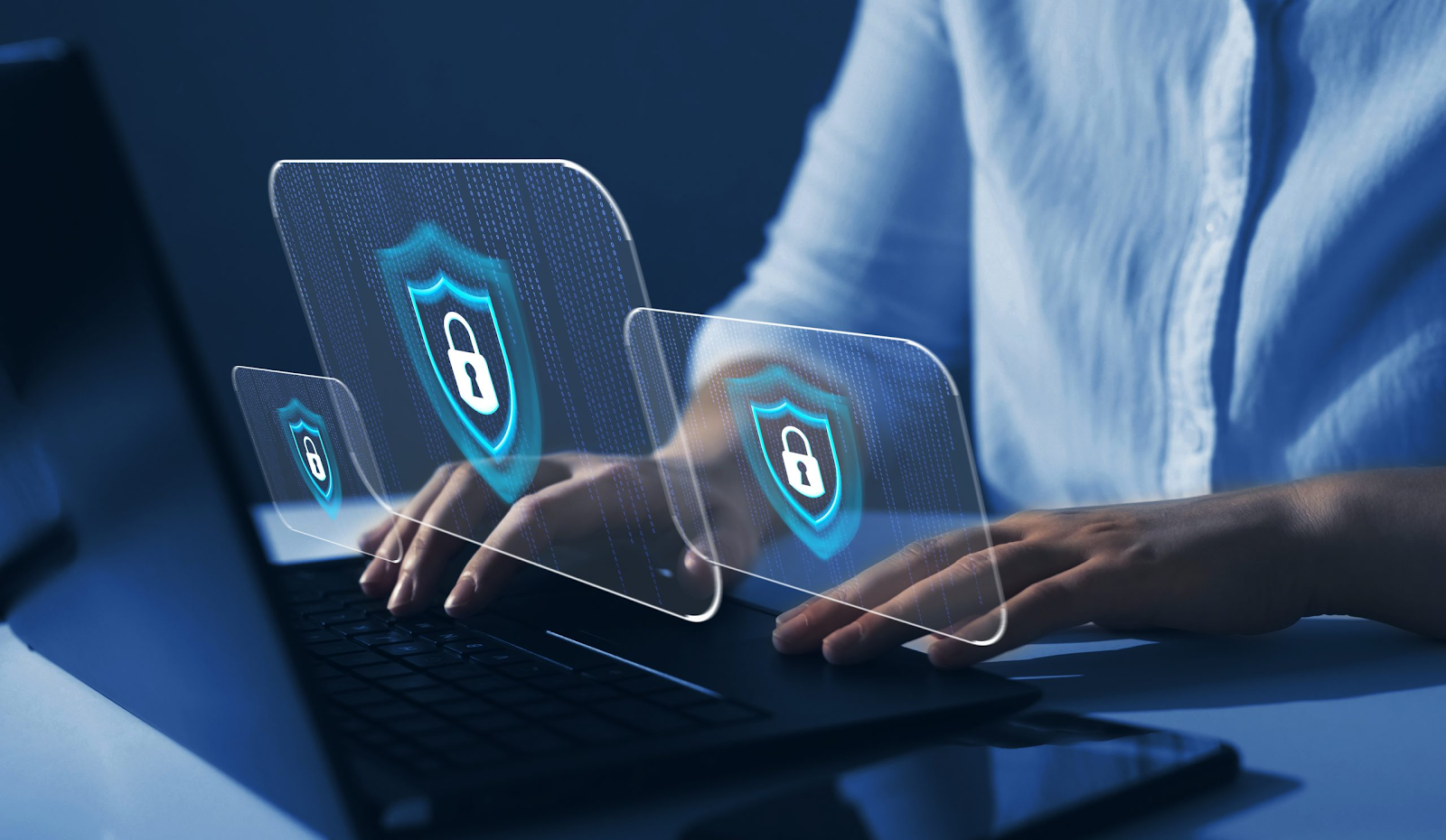The pandemic has changed the way we work. More and more people are working from home, using their personal devices and networks to access company data and systems. This poses new challenges and risks for cybersecurity. How can you protect yourself and your organization from cyberattacks while working remotely? Here are some best practices and tips to follow.
[Image: A laptop with a lock icon on the screen and a padlock next to it] (A visual representation of cybersecurity)
1. Use a VPN. A virtual private network (VPN) creates a secure connection between your device and your company's network. It encrypts your data and prevents hackers from intercepting or tampering with it. A VPN also allows you to access resources that may be restricted or blocked in your location. Make sure you use a reputable VPN service and follow your company's policies on VPN usage.
2. Update your software. Software updates often contain patches for security vulnerabilities that hackers can exploit. Keep your operating system, applications, antivirus, and firewall up to date. Enable automatic updates if possible, or check for updates regularly. Don't ignore or postpone updates, as they may contain critical fixes for your security.
3. Use strong passwords. Passwords are the first line of defense against unauthorized access to your accounts and devices. Use long, complex, and unique passwords for each account. Avoid using common or predictable passwords, such as your name, birthday, or pet's name. Don't reuse the same password for multiple accounts, as this can compromise your security if one of them is breached. Use a password manager to store and generate passwords securely.
4. Beware of phishing emails. Phishing is a type of cyberattack that uses fake emails to trick you into revealing sensitive information or clicking on malicious links or attachments. Phishing emails may look like they come from legitimate sources, such as your boss, colleague, bank, or government agency. They may use urgent or threatening language to pressure you into taking action. Don't fall for these scams. Always verify the sender's identity and the email's authenticity before responding or clicking on anything. If you are unsure, contact the sender directly using a different channel.
5. Secure your home network. Your home network may not be as secure as your company's network. Hackers can exploit weak or default settings on your router, modem, or Wi-Fi to access your devices and data. To secure your home network, change the default passwords and usernames on your router and modem. Use a strong encryption method (such as WPA2) for your Wi-Fi and set a complex password for it. Disable remote access and file sharing features that you don't need.
These are some of the best practices and tips to follow to ensure cybersecurity in the age of remote work. By following these steps, you can reduce the risk of cyberattacks and protect yourself and your organization from potential damage.
Thank you for reading this blog post! I know you found it useful and informative. If you have any questions or feedback, you know what to do. Stay safe and secure online!

Comments
Post a Comment